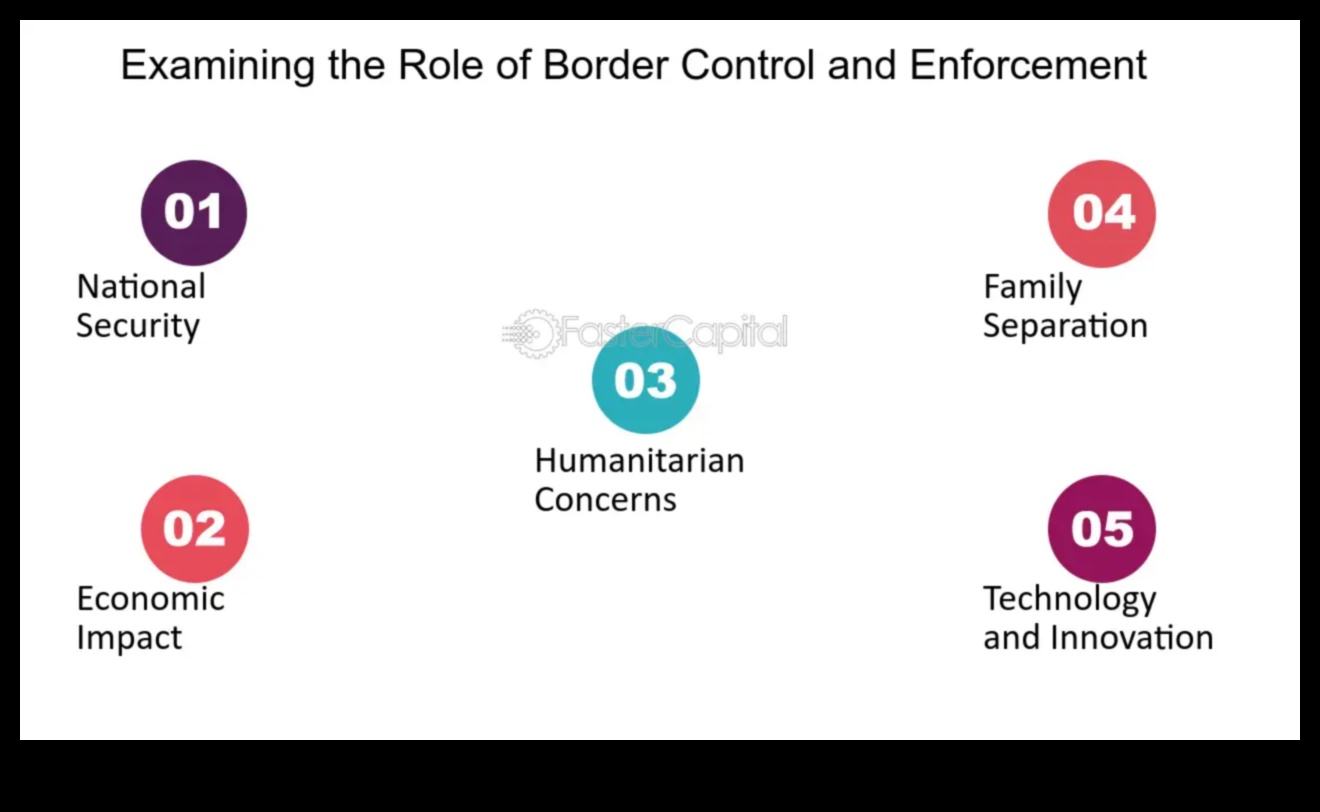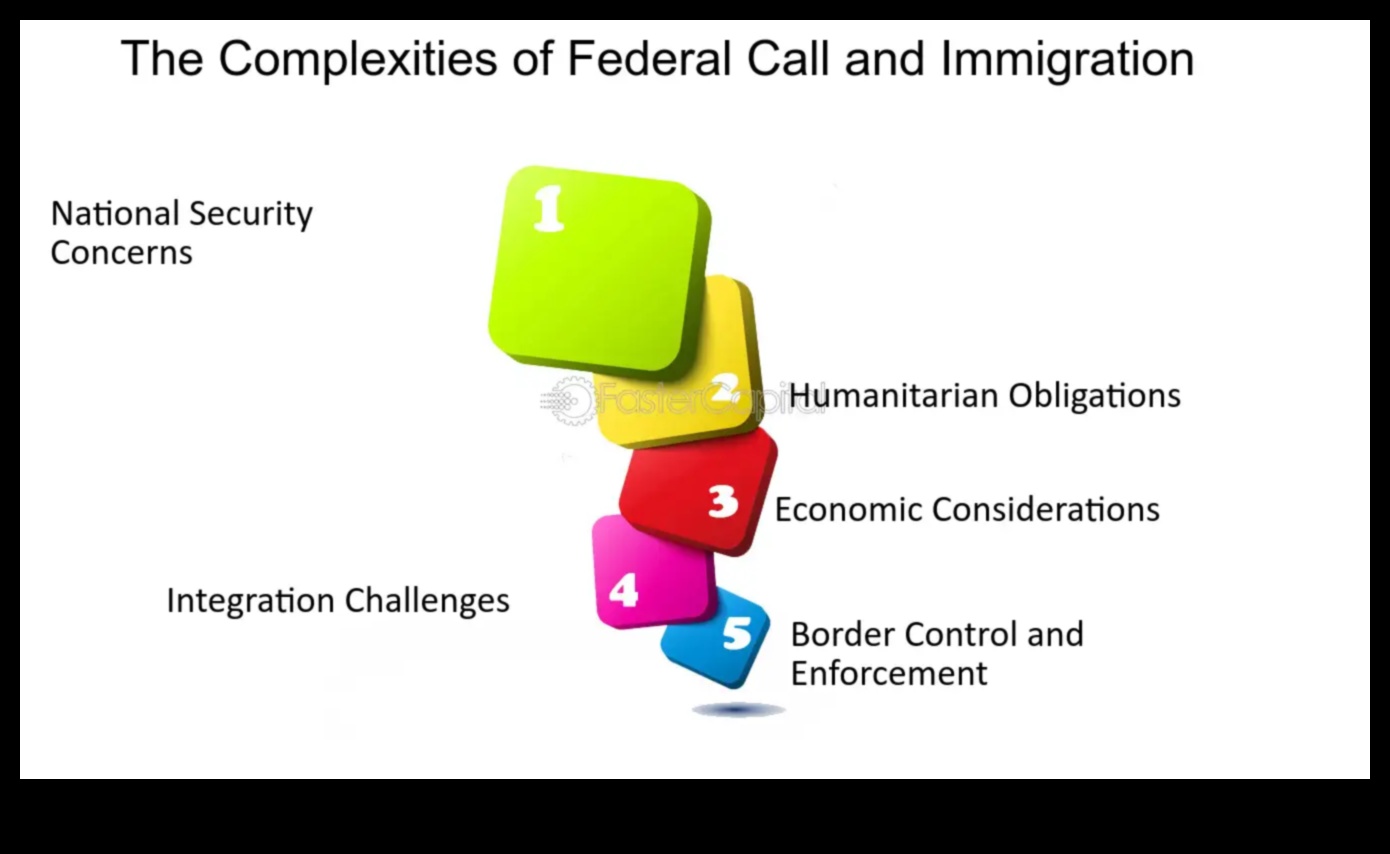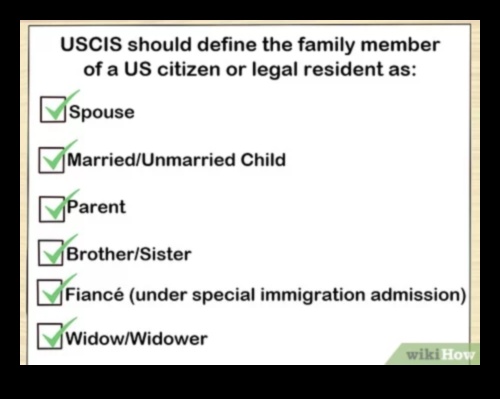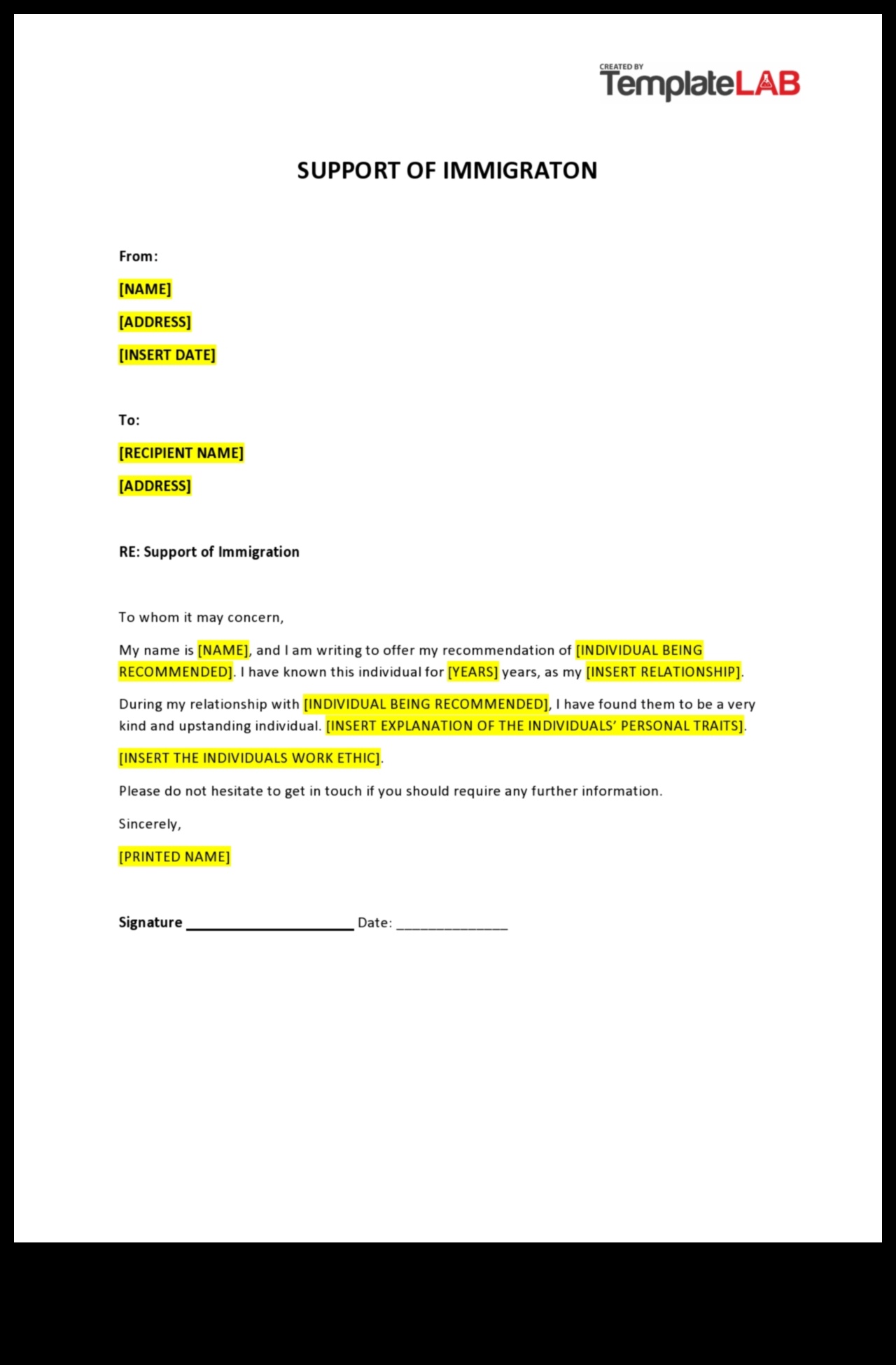Immigration Control A Balancing Act


Can States Control Immigration?
People searching for “can states control immigration” are likely trying to find out if states have the authority to set their own immigration laws. This is a complex legal question with no easy answer, as the U.S. Constitution gives the federal government the power to regulate immigration. However, there are some circumstances in which states may be able to exercise some control over immigration, such as by setting their own rules for who can apply for a driver’s license or other state-issued ID.
Here are some of the specific problems people might be trying to solve by searching for this keyword:
- Do states have the authority to set their own immigration laws?
- What are the specific laws that states can pass to control immigration?
- How do states enforce their immigration laws?
- What are the legal challenges to states’ ability to control immigration?
By understanding the different problems people are trying to solve, SEO specialists can create content that effectively addresses those problems and helps people find the information they need.
| Feature | Answer |
|---|---|
| Border control | The control of people and goods crossing international borders. |
| Federalism | A system of government in which power is divided between a central government and smaller regional governments. |
| Immigration | The movement of people into a country to live there permanently. |
| State sovereignty | The supreme authority of a state within its own territory. |
| States’ rights | The rights and powers reserved to the states under the U.S. Constitution. |

II. Types of immigration control
There are a variety of different types of immigration control that can be used to regulate the flow of people into and out of a country. These include:
- Border controls, which are used to prevent people from entering a country illegally. These can include fences, walls, checkpoints, and other physical barriers.
- Visa requirements, which are used to require people to obtain a visa before they can enter a country. Visa requirements can be based on a variety of factors, such as the applicant’s country of origin, their purpose of travel, and their length of stay.
- Immigration quotas, which are used to limit the number of people who can immigrate to a country each year. Quotas can be based on a variety of factors, such as the applicant’s country of origin, their skills, and their family ties to a resident of the country.
- Deportation, which is used to remove people who are in a country illegally. Deportation can be voluntary or involuntary, and it can be carried out by the government or by private individuals.
Each type of immigration control has its own advantages and disadvantages. Border controls can be effective at preventing illegal immigration, but they can also be expensive to build and maintain. Visa requirements can help to ensure that only those who are eligible to enter a country do so, but they can also be a barrier to travel for people who need to visit a country for business or personal reasons. Immigration quotas can help to manage the flow of immigration into a country, but they can also lead to discrimination against certain groups of people. Deportation can be an effective way to remove people who are in a country illegally, but it can also be a traumatic experience for those who are deported.
The choice of which types of immigration control to use is a complex one, and there is no single answer that is right for every country. The best approach will vary depending on the specific needs and circumstances of the country in question.
II. Types of immigration control
There are a variety of different types of immigration control that can be used to manage the flow of people into and out of a country. Some of the most common types of immigration control include:
- Visas: A visa is a document issued by a government that allows a foreign national to enter and remain in the country for a specified period of time.
- Border controls: Border controls are measures used to prevent unauthorized entry into a country, such as fences, walls, checkpoints, and patrols.
- Immigration laws: Immigration laws set out the rules and regulations governing who can enter and remain in a country.
- Deportation: Deportation is the process of removing a foreign national from a country against their will.
The specific types of immigration control that are used in a particular country will vary depending on its unique circumstances. For example, a country with a large land border may need to rely more heavily on border controls than a country with a small land border. Similarly, a country with a large immigrant population may need to have more stringent immigration laws than a country with a small immigrant population.

Types of immigration control
There are a variety of different types of immigration control that can be used to regulate the flow of people into and out of a country. These include:
Border controls: These are measures that are used to prevent people from entering a country illegally, such as fences, walls, and checkpoints.
Visa requirements: These are requirements that must be met in order to obtain a visa to enter a country. Visa requirements can include things such as having a valid passport, proof of employment, and a criminal background check.
Deportation: This is the process of removing people who are in a country illegally. Deportation can be carried out by force or by voluntary departure.
Naturalization: This is the process of granting citizenship to a foreign national. Naturalization can be granted through a variety of different channels, such as marriage to a U.S. citizen, military service, or investment.
The type of immigration control that is used in a country will vary depending on its specific needs and priorities. For example, a country that is concerned about security may have stricter border controls and visa requirements than a country that is more focused on economic growth.

V. Drawbacks of immigration control
There are a number of drawbacks to immigration control, including:
- It can be costly and inefficient. The cost of enforcing immigration laws can be significant, and it can be difficult to ensure that the laws are being enforced fairly and effectively.
- It can create a hostile environment for immigrants. Immigration control can make it difficult for immigrants to access resources and services, and it can contribute to discrimination and xenophobia.
- It can hinder economic growth. Immigrants often make significant contributions to the economy, and immigration control can limit their ability to do so.
- It can damage relations with other countries. Immigration control can be seen as a sign of hostility towards other countries, and it can damage relations between those countries and the United States.
Despite these drawbacks, immigration control can also be beneficial in some cases. For example, immigration control can help to protect the country from security threats, and it can help to ensure that the country’s workforce is meeting the needs of the economy.

Can states control immigration?
People searching for “can states control immigration” are likely trying to find out if states have the authority to set their own immigration laws. This is a complex legal question with no easy answer, as the U.S. Constitution gives the federal government the power to regulate immigration. However, there are some circumstances in which states may be able to exercise some control over immigration, such as by setting their own rules for who can apply for a driver’s license or other state-issued ID.
Here are some of the specific problems people might be trying to solve by searching for this keyword:
- Do states have the authority to set their own immigration laws?
- What are the specific laws that states can pass to control immigration?
- How do states enforce their immigration laws?
- What are the legal challenges to states’ ability to control immigration?
By understanding the different problems people are trying to solve, SEO specialists can create content that effectively addresses those problems and helps people find the information they need.
Conclusion
Immigration control is a complex and controversial issue that has been debated for centuries. There are no easy answers, and the best approach will vary depending on the specific circumstances of a particular country or region. However, by understanding the different types of immigration control, their benefits and drawbacks, and the future of immigration control, we can make more informed decisions about how to best manage immigration in our own countries.
FAQ
This section answers common questions about immigration control.
What is immigration control?
Immigration control is the set of laws, regulations, and policies that a country uses to manage the entry and exit of people into and out of its borders.
Why is immigration control important?
There are a number of reasons why immigration control is important, including:
- To protect a country’s sovereignty and security
- To manage the flow of people into and out of a country
- To ensure that immigrants have the skills and qualifications that are needed by the country
- To promote social cohesion and integration
What are the different types of immigration control?
There are a number of different types of immigration control, including:
- Visa requirements
- Border controls
- Deportation
- Naturalization
How is immigration control enforced?
Immigration control is enforced by a number of government agencies, including:
- The Department of Homeland Security (DHS)
- The U.S. Citizenship and Immigration Services (USCIS)
- The Border Patrol
What are the challenges of immigration control?
There are a number of challenges associated with immigration control, including:
- The high cost of immigration enforcement
- The potential for human rights abuses
- The tension between national security and individual rights
Here are some resources that you may find helpful in learning more about immigration control:
- U.S. Citizenship and Immigration Services
- U.S. Immigration and Customs Enforcement
- U.S. Department of State
- Migration Policy Institute
- American Immigration Council
Q: What is immigration control?
A: Immigration control is the set of laws, policies, and procedures that a country uses to regulate the entry and exit of foreign nationals.
Q: What are the different types of immigration control?
A: There are three main types of immigration control:
- Border control: This is the process of preventing unauthorized entry into a country.
- Visa control: This is the process of issuing visas to foreign nationals who want to enter a country for a temporary stay.
- Immigrant admission: This is the process of admitting foreign nationals who want to become permanent residents of a country.
Q: What are the benefits of immigration control?
A: There are a number of benefits to immigration control, including:
- Protecting national security: Immigration control helps to prevent criminals, terrorists, and other threats from entering a country.
- Ensuring economic prosperity: Immigration control can help to attract skilled workers and entrepreneurs who can contribute to the economy.
- Maintaining social cohesion: Immigration control can help to preserve a country’s culture and values.
![Sheffield International Postgraduate Merit Scholarships [year]/[nyear] 12 Sheffield International Postgraduate Merit Scholarships](https://lessmag.net/wp-content/uploads/2025/04/University-of-Sheffield-International-Postgraduate-Merit-Scholarship-390x220.jpg)



